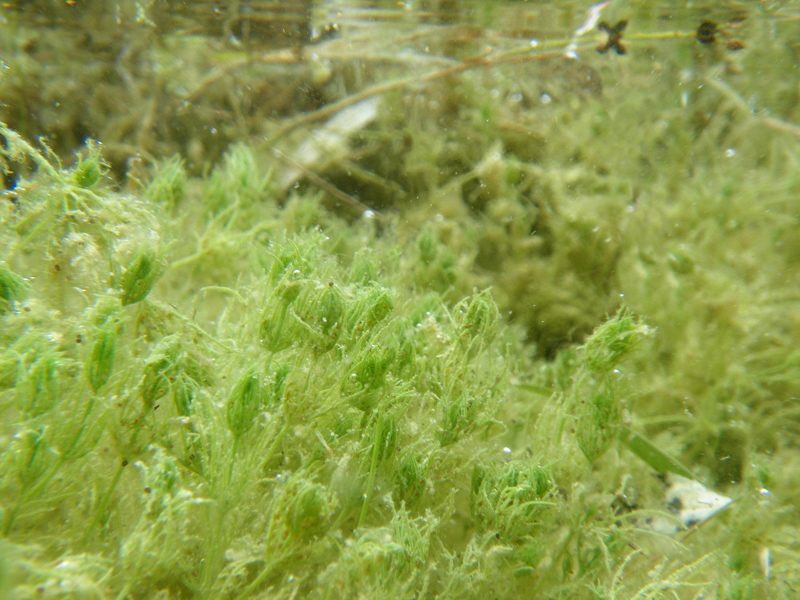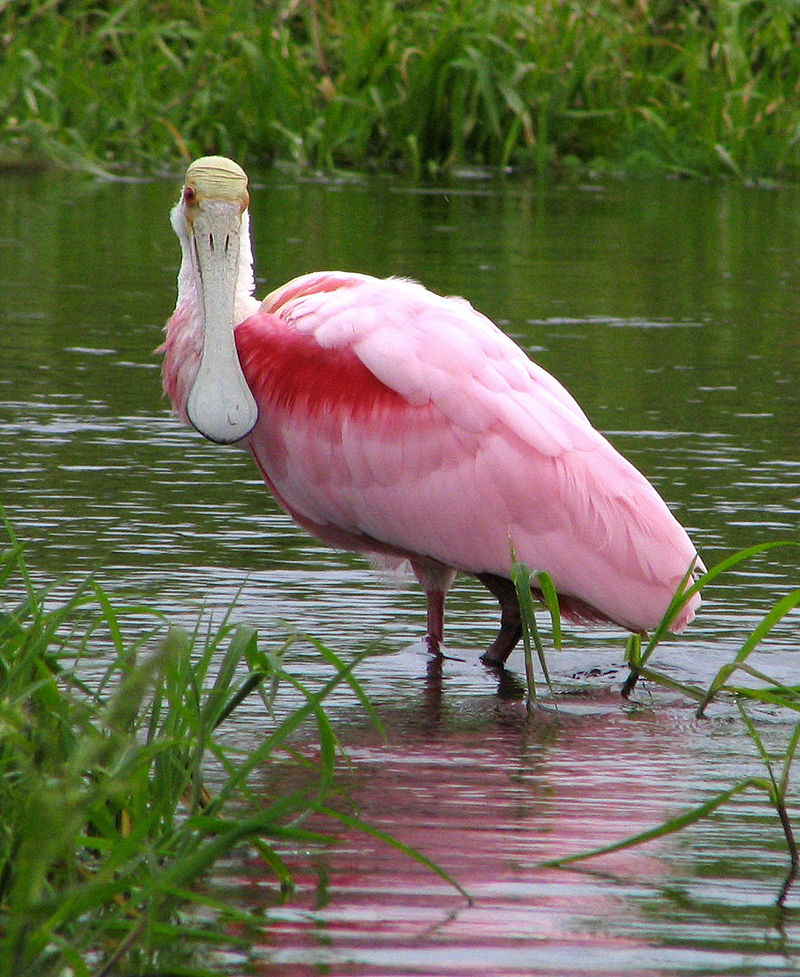When the first photos of the skull of Deinocheirus were leaked online I made a basically off the cuff post arguing that we should be open to the potential of a dinosaur the size of Deinocheirus acting as sort of a massive waterfowl - a dabbling megaduck if you will. Inspired by the awesome rendering by Andrey Atuchin I suggested an emphasis on aquatic resources, particularly Azolla fern, as a dietary staple.
Turns out my musings may have been closer to the mark than I could have even anticipated.
From the supplementary material (free online): (update I guess you have to go see the pics at the supplementary materials directly as I had them posted here but they were taken down, oh well)
Not visible from the leaked photo, but the lower jaw is surprisingly deep. Not out of proportion from other ornithomimids in terms of depth - it is relatively longer than other ornithomimids and in fact congruent with other theropods (i.e. tyrannosaurids) in terms of length. Despite being longer relative to other ornithomimids the skull itself was wafer thin, no more than 6 mm thick in many areas.
Remains of the foot (right pedal digit II and unguals) are consistent with a graviportal adaptation and possibly even suggest weight distribution on unstable substrates (i.e. mud).
And finally the preservation of fish scales/fish vertebrate/gastroliths hints at exploitation of aquatic resources.
Very cool. although no doubt some will call these finds into question in terms of taphonomy. But altogether the duck bill, putative stomach remains, spreading toes and hoofs, and wet habitat of the Nemegt suggest very strongly in favor of a generalist aquatic omnivore - a true duck-billed dinosaurs.
What you want to notice in the above video of the stork foraging is that, unlike stealthy herons, the stork is intentionally disturbing the water and substrate in order to get small prey up in the water column where the sensitive bill can snap 'em up and also to make its own movements more cryptic.
Also check out this video below where you can better contrast the similar foraging strategy of the roseate spoonbill (Platalea ajaja) against some egrets. It should not be to difficult to notice some striking similarities in form and possibly function between spoonbills and Deinocheirus.
Seen in the context of these two birds the relatively long skull, light build of skull (possibly for rapid sweeping back and forth), and unusual stance start to make a little bit more sense. One can imagine that Deinocheirus as a spoonbill writ large could take advantage of fish (especially trapped), mass emergent aquatic insects, crustaceans and other invertebrates. Like the wood stork in the above video perhaps intentionally disturbing the substrate with those two handy eight foot long arms/claws in order to scare up prey and conceal itself.
 |
| from Theropoda |
Of course it is hard to imagine such a large animal subsisting entirely on small aquatic organisms surely a little roughage was in order to round out its diet? In my other post I suggested Azolla aquatic fern as a potentially important food source. It likely had a worldwide distribution. Used today to fertilize rice paddies it reproduces exponentially, is high in nutrients, and has even been championed as a possible carbon trap and livestock/poultry feed.
I can find no reference to Azolla in the Nemegt but I would expect it to be present given how aggressively aquatic organisms spread. There was a nice recent paper on aquatic plants in the Maastrichtian of Patagonia. A diversity of emergent vegetation and floating types were all potentially Deinocheirus fodder.
| Cuneo et al. 2014 |
What is Charophyta precious? Charophyta is a division of green algae and includes the closest sister group to land plants. And more importantly for our purposes here they spread quickly via clonal growth across the bottoms of bodies of water. And there are 13 species known from the Nemegt.
 |
| Chara vulgaris |
 |
| Nostoc sp. Santa Ynez River |
 |
| Nostoc sp. and Charophytes. Santa Ynez River Santa Barbara County CA |
Support me on Patreon.
Like antediluvian salad on facebook.
Watch me on Deviantart @NashD1.Subscribe to my youtube channel Duane Nash.
My other blog southlandbeaver.blogspot.


1 comment:
I suggested this and was called a fanboy that wanted it to be a giant land predator (which wasn't what I was saying at all), guess who has the last laugh
Post a Comment